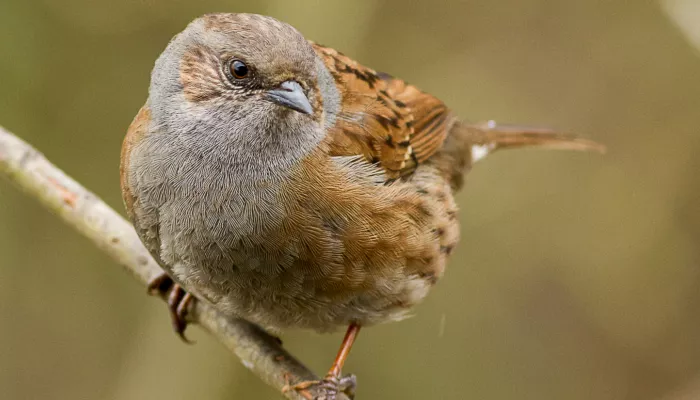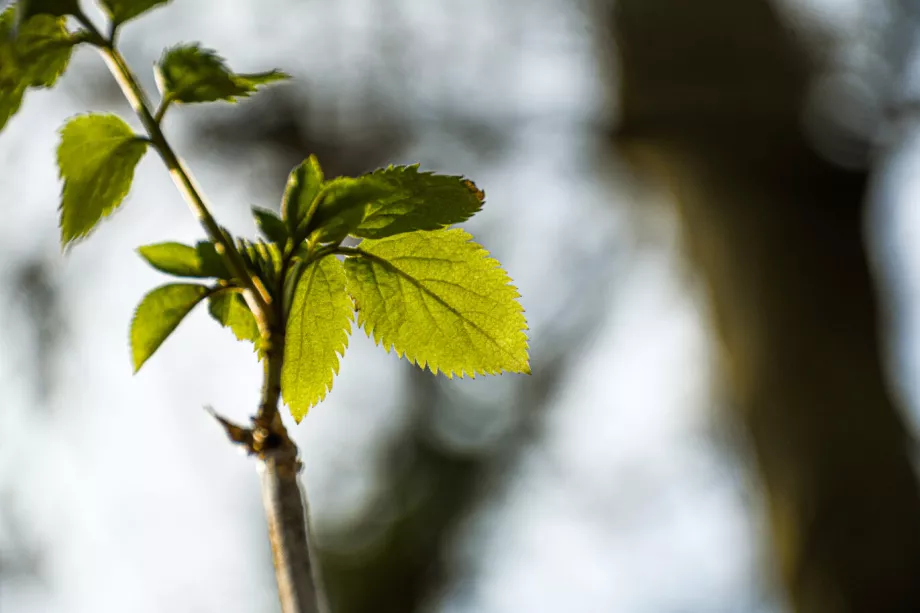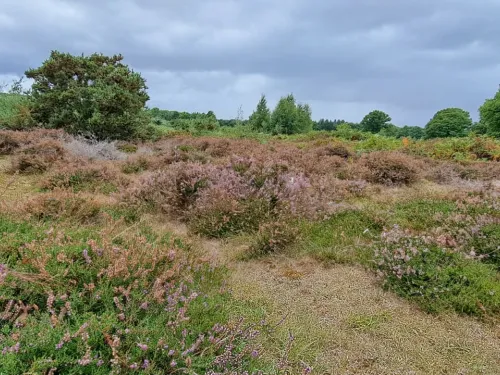
Meet the enchanting heath fritillary butterfly
This rare butterfly relies on wild woodlands - learn more & support its future.


Lesser calendine by Dave Steer. © David Steer
The heart-shaped glossy leaves are rich in vitamin C so were used against scurvy. The entire plant withers above ground as stronger plants and tree cover cut out the essential sunlight, food stored in the bulbils for its early appearance next year. Ficaria derives from ficus, fig-shaped. Wordsworth wrote three poems about lesser celandine, and sent a pressed sample to Scottish zoologist Adam White from a sunny slope within a few yards of my house which I call Celandine Bank - it is so richly starred with that favourite plant of mine. The celandine carved on Wordsworth’s memorial in Grasmere church looks more like a greater celandine, Chelidonium majus in the poppy family, although the sculptor Thomas Woolner denied that.

Budding leaf at Hothfield
In scrub just a few inches above these low-growing shining stars it’s already nesting time for birds such as dunnock, wren and whitethroat. The dunnock, Prunella modularis, is an inconspicuous solitary all-year resident the size of a robin, a warbler with a gentle jingling song and a "tseep" that can become an alarm call. It forages for insects, spiders, and worms shuffling along close to the ground, adding seeds and berries to its winter diet. The quiet plumage of browns, black, and grey provides good camouflage against predators, and is subtly tweedy seen close-up. Known as hedge sparrows to many, they can be distinguished from the distantly related sparrows by their thin pointed bill, notched tail, habit of keep low to the ground, never feeding on bird tables, and frequent wing flicks.
Some overwintering continental dunnocks will leave soon, while low courting flights and aerial chases with quivering wings start here. Females will mate with more than one male, and more than one nest may be built, low in bracken or shrubs, flattish made of twigs, grass, and moss, the shallow cup lined with hair or wool. Two or three clutches of unmarked blue eggs are incubated between April and June; possibly from several males, who may help feed the broods. Sparrowhawks and cats predate the adults and cuckoos favour dunnock nests, cuckoo nestlings pushing dunnock chicks out while accepting food from dunnock parents.

Cuckoo by Joshua Copping
Dunnocks are the only lowland member of the Accentor genus. The old English dun- brown, + -ock, small means ‘little brown bird’ and the German name, Braunelle, is also a diminutive of brown. The easily interchangeable ‘p’ and ‘b’ resulted in Prunella; modularis means ‘singing’. Although common, numbers declined by nearly a third from the 1970s, rebuilding slowly since the 1990s, so they are of conservation concern with amber conservation status.
Throughout spring and summer, all birds nesting low down are highly vulnerable to disturbance by dogs running around and sticking noses into bramble and scrub, as are all the ground-nesting birds such as willow warblers, yellowhammers, chiffchaffs, tree pipit (who nest on the ground), linnets and we hope eventually the Dartford warbler and nightjar.

This rare butterfly relies on wild woodlands - learn more & support its future.

Long-time volunteer Margery Thomas explores what Hothfield Heathlands is like on a crisp November day.

Area Manager, Ian Rickards, takes a moment to reflect on the work at Hothfield Heathlads throughout the summer months.